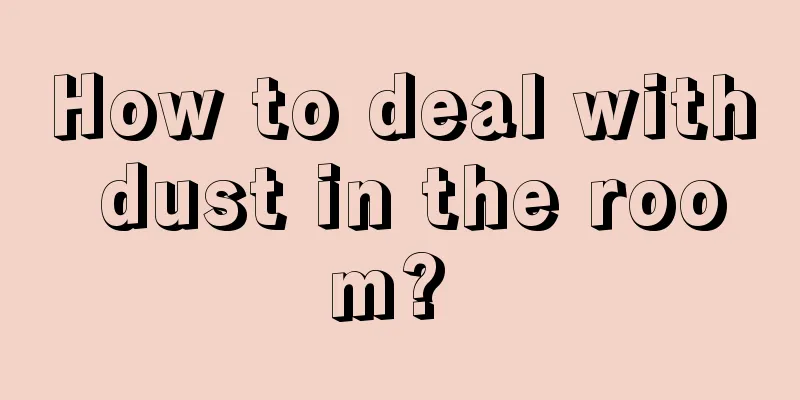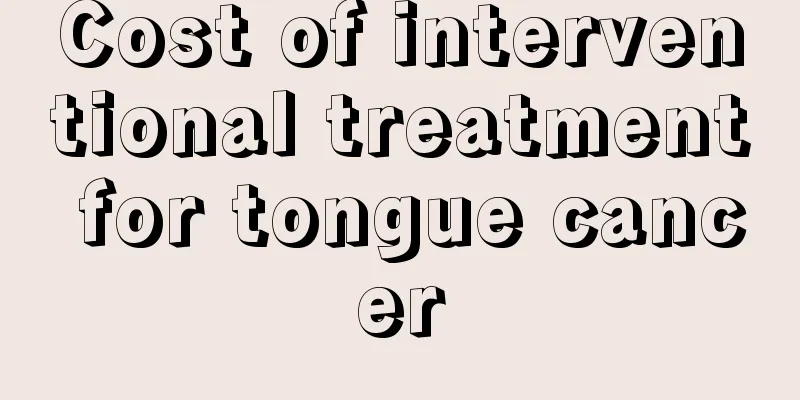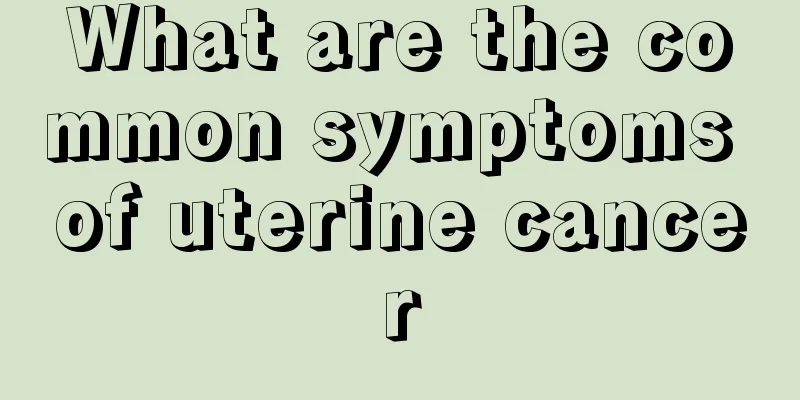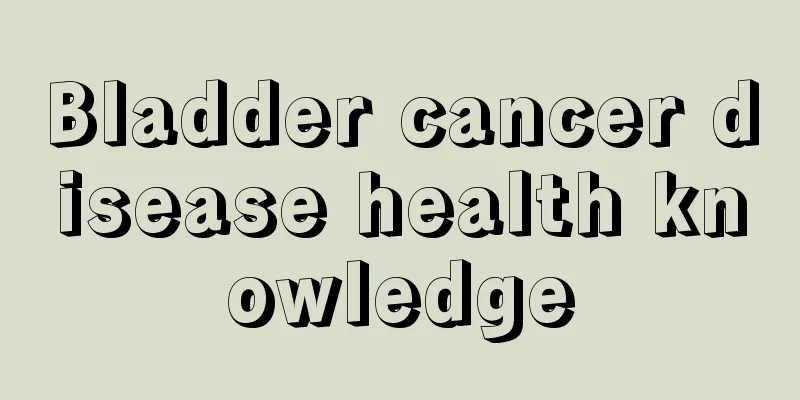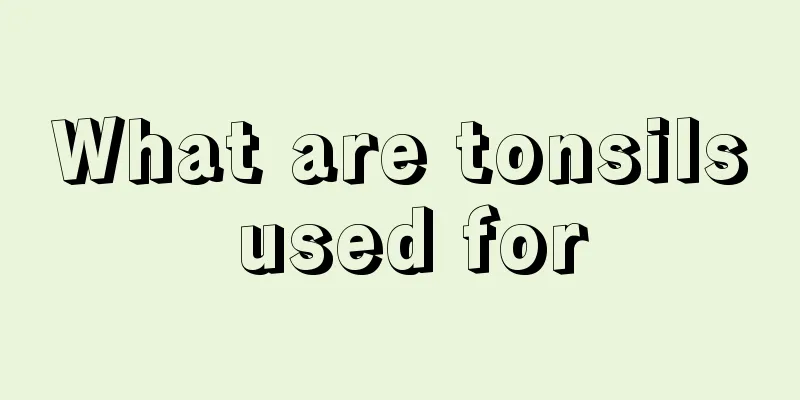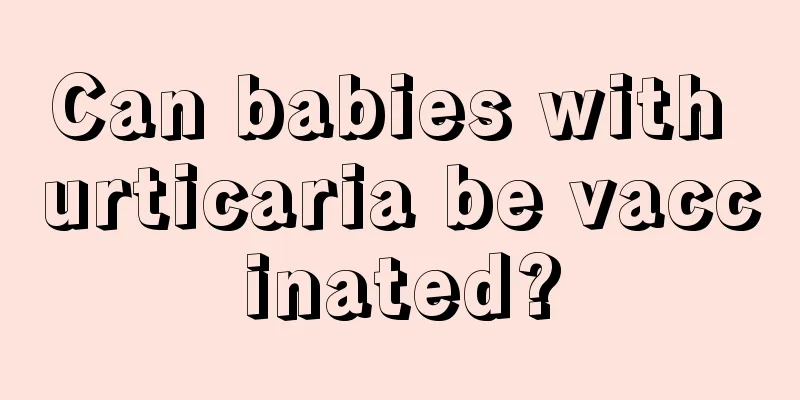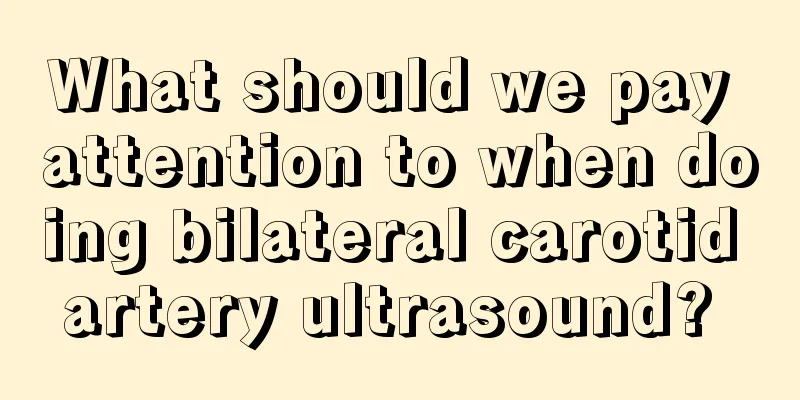Cryotherapy for common warts
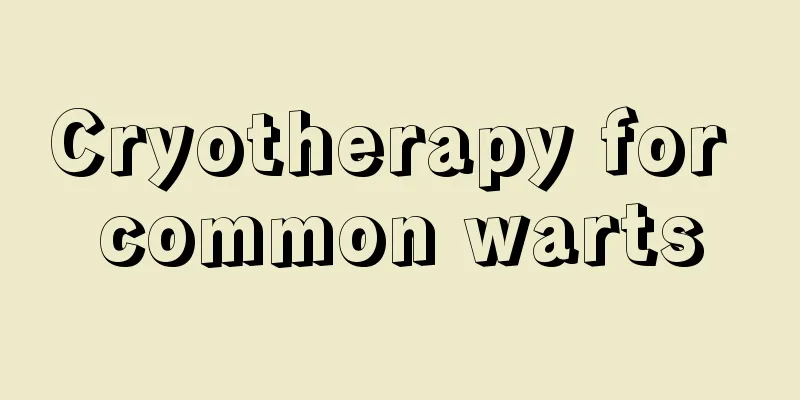
|
Before common warts occur, they will destroy your originally healthy skin, causing a lot of blisters and rashes on the surface of your skin. When the disease reaches a certain stage, you will find that your skin has become worse, and you will have symptoms of alternating itching and pain. In this case, only systemic treatment can control your condition and prevent it from getting worse. The main means of treatment are to destroy warts, regulate local skin growth, and stimulate local or systemic immune responses, including systemic and local treatments. 1. Systemic treatment (1) Traditional Chinese medicine, such as Pinggan Huoxue prescription, Zhiyou decoction, Portulaca oleracea mixture, Isatis root injection, Bupleurum injection, etc. (2) For multiple and intractable warts, interferon can be combined with systemic or local injection of interferon. The efficacy of interferon alone is uncertain. 2. Topical medication Since most warts disappear on their own within 1 to 2 years after onset, and even with deep destructive treatments, one-third of warts will still recur, the efficacy of various local treatments for warts should be evaluated with caution, and some methods that can cause permanent scars should not be used. (1) Fluorouracil (5-FU) has a certain therapeutic effect. Possible adverse reactions include local pain, chapped skin, edema, allergic reaction, tearing, pigmentation and suppuration. (2) Bleomycin is injected intralesionally once a week. Warts usually fall off after 2 to 3 injections, with few side effects. (3) 0.7% cantharidin is added to equal amounts of collodion and acetone solution and applied externally to treat periungual warts. Apply once every other day and it has a certain effect. (4) 0.1% to 0.3% retinoic acid alcohol solution is applied topically 1 to 2 times a day. Side effects include mild local burning sensation, redness, swelling, desquamation, and pigmentation. (5) 3% phthalamide ointment or 3% phthalamide dimethyl sulfoxide lotion. (6) 0.5% podophyllotoxin twice a day for 3 consecutive days. If tolerated, it can be used for 4 to 5 days. If the warts have not fallen off, you can continue the treatment every other week. (7) 5% imiquimod cream can be used for occlusive treatment of common warts or in combination with salicylic acid treatment. (8) Topical application of 1% cidofovir gel or intralesional injection of 2.5 mg/ml is effective for various warts. 3. Photodynamic therapy Systemic or topical use of the photosensitizer aminolevulinic acid or aminolevulinic acid (ALA) can treat some common warts by inducing local cell death after light exposure. 4. Physical therapy Cryotherapy, electrocautery, laser therapy, and infrared coagulation therapy are suitable for a small number of common warts. 5. Surgical Resection It is easy to relapse after surgery. |
<<: Why do I always dream when I sleep
>>: How to treat stubborn ringworm
Recommend
What kind of tea is good for teratoma
Teratoma is a common disease in women. It can occ...
Late symptoms of nasopharyngeal carcinoma
What is nasopharyngeal cancer? Many people may no...
Six commonly used examination and diagnosis methods for bladder cancer
Bladder cancer is a common tumor that mainly occu...
What is the disease of insomnia, dizziness and palpitations
It is very common for people to develop diseases ...
Is it normal to have smooth leucorrhea on the cervix?
Is it normal to have smooth leucorrhea on the cer...
The most effective way to exercise your lower abdomen
There are many ways to exercise the lower abdomen...
Can I drink soy milk if my blood sugar is high? Patients with high blood sugar must pay attention
In recent years, with the gradual improvement of ...
What are the effects of dark red roses?
Dark red rose is a kind of scented tea, which is ...
What are the common symptoms of blocked tendons and veins?
Blockage of tendons and meridians is an extremely...
Adverse reactions to Yinzhihuang in children
Yinzhihuang is a medicine specifically used for b...
Are aphids harmful to humans?
Most aphids live in farmland and survive mainly b...
What are the symptoms of stage III nasopharyngeal carcinoma
The symptoms of stage III nasopharyngeal carcinom...
What are the prevention methods for nasopharyngeal cancer
In recent years, nasopharyngeal cancer has become...
What medicine is good for tongue cancer?
With the accelerated pace of life and changes in ...
Can cervical lymphadenopathy be cured?
Cervical lymph tuberculosis is a very common neck...
